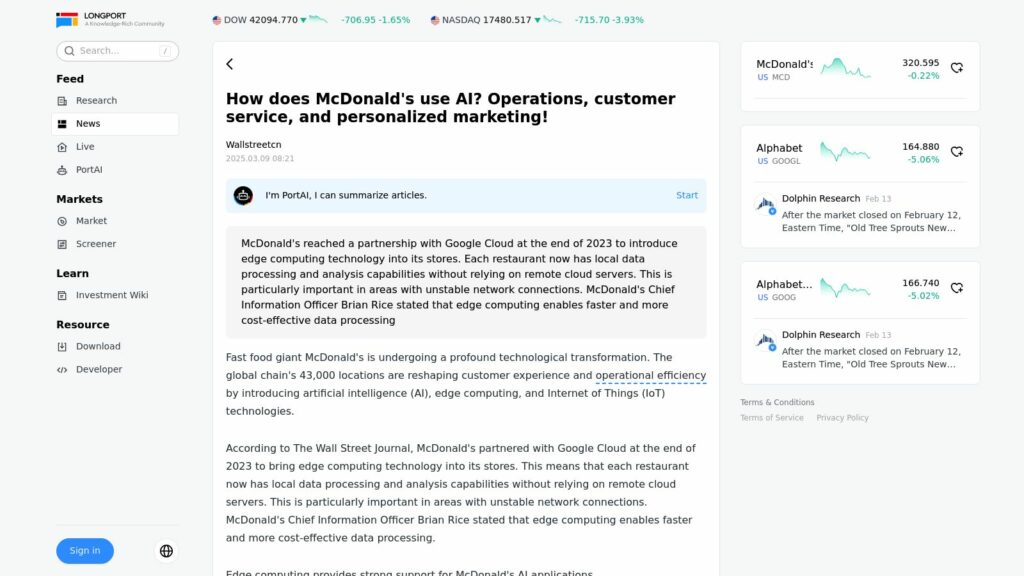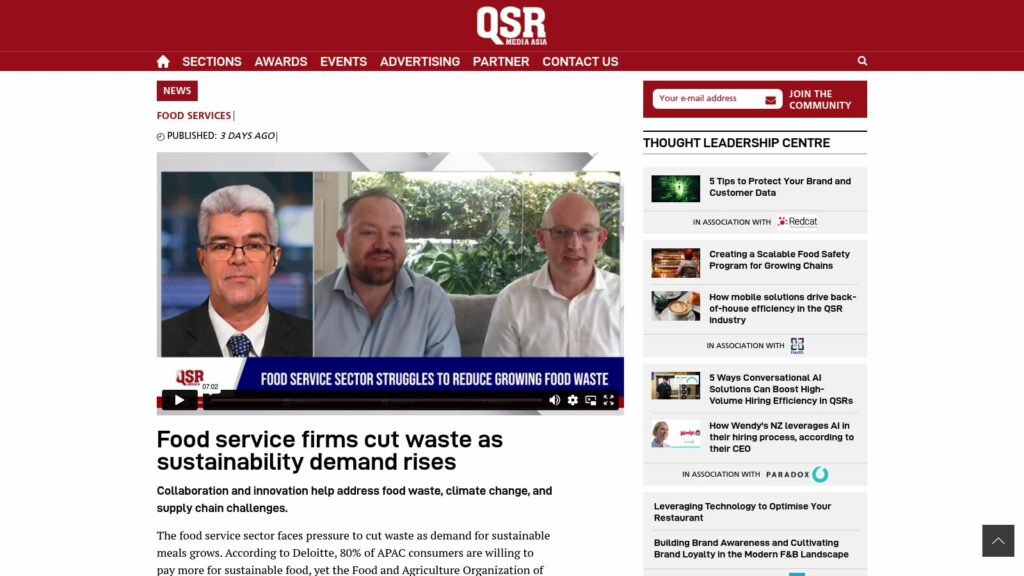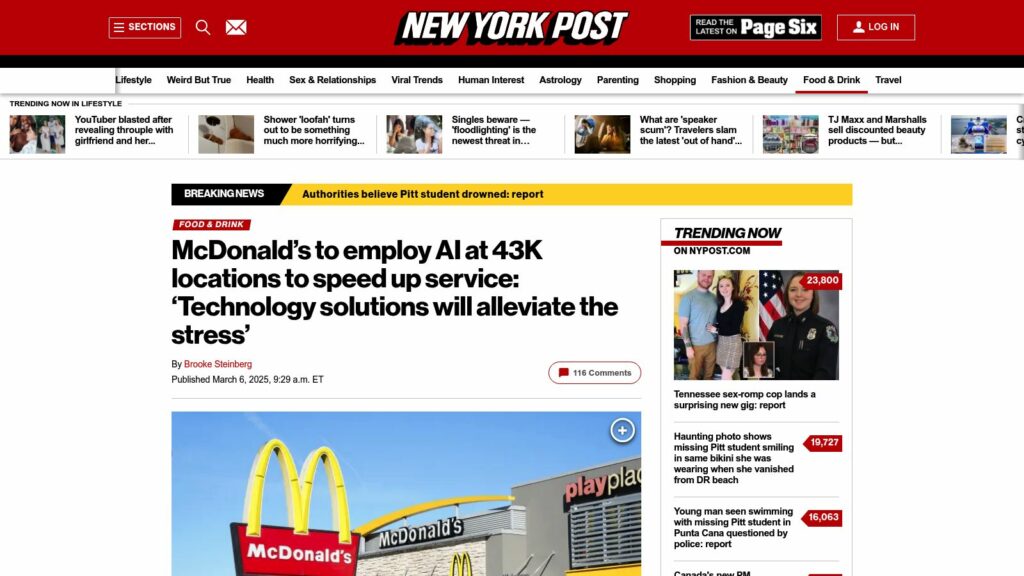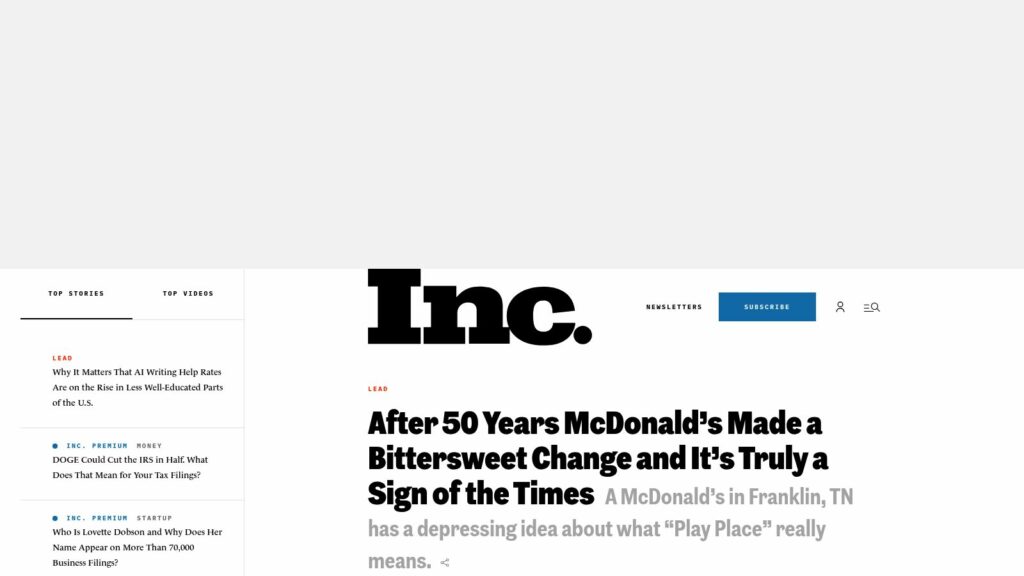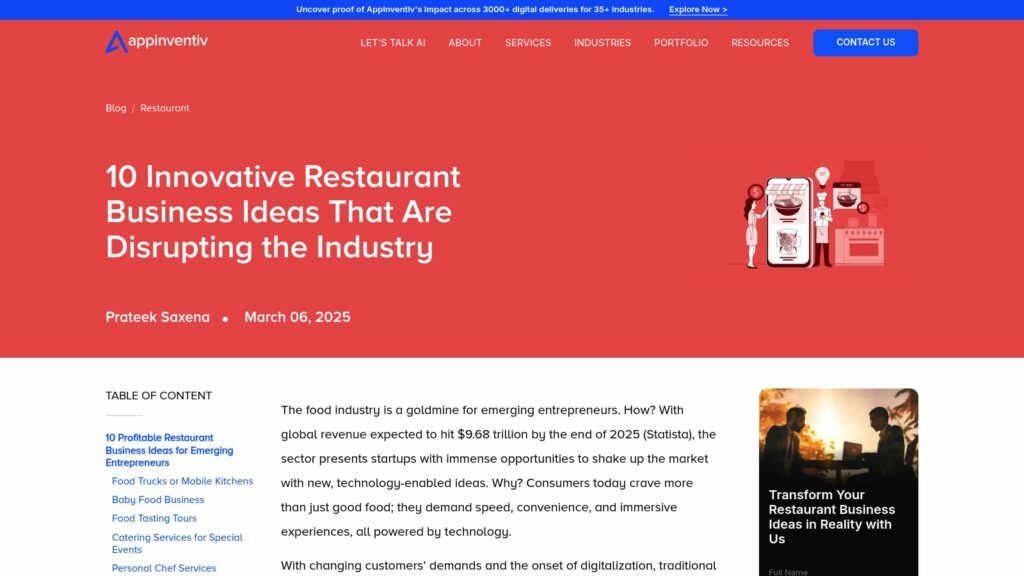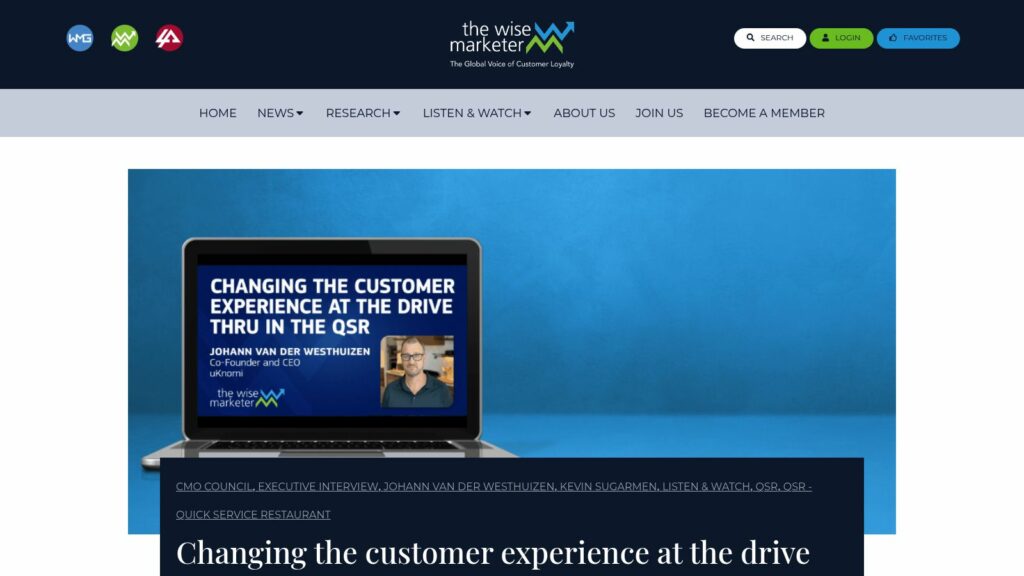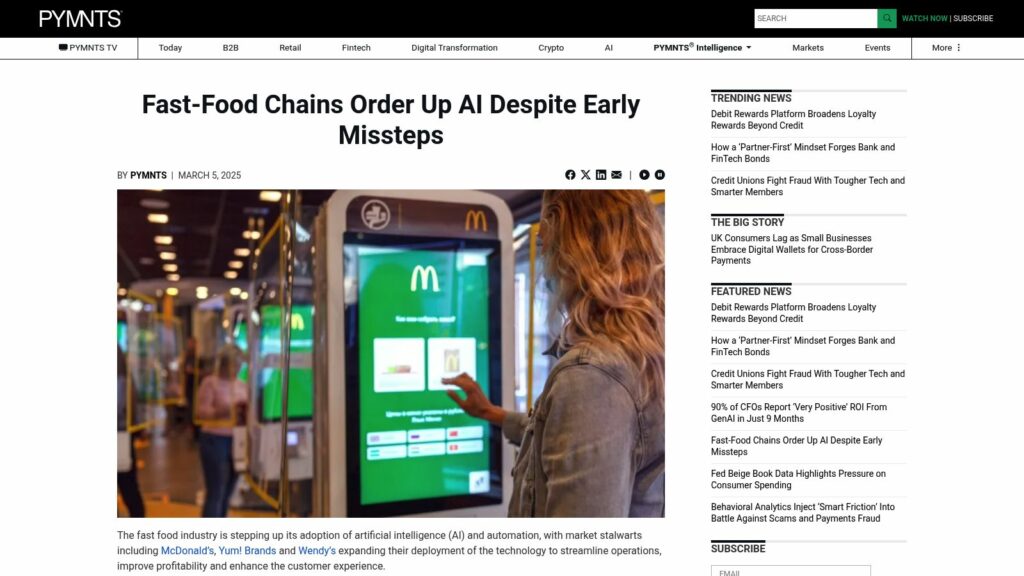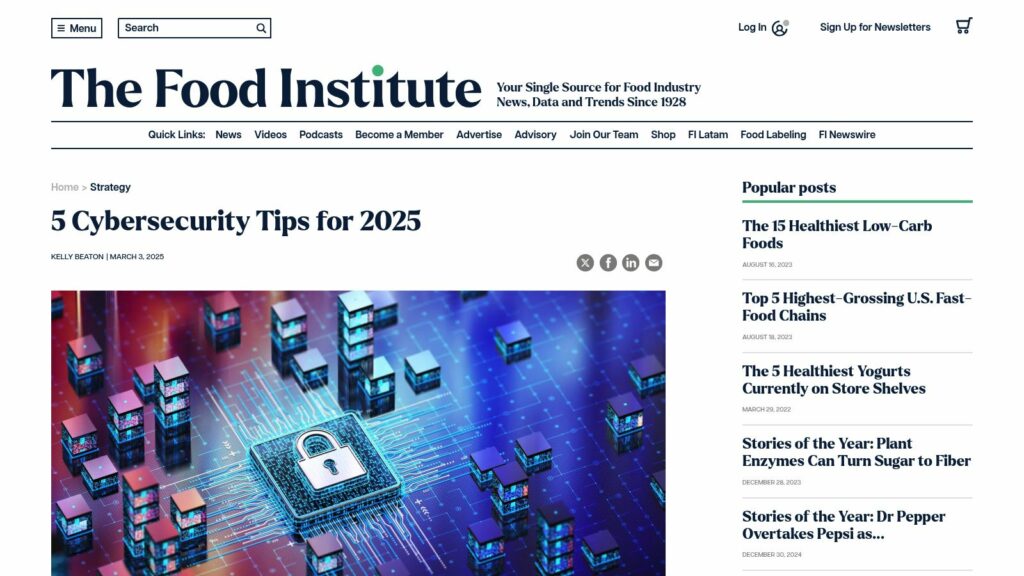How Does McDonald’s Use AI? Operations, Customer Service, and Personalized Marketing!
McDonald's utilizes AI through a partnership with Google Cloud, enhancing operations with edge computing for local data processing. This allows real-time analysis of kitchen equipment to predict failures and improve efficiency. AI is also used for order accuracy via computer vision and voice activation in drive-throughs. Additionally, McDonald's employs AI for personalized marketing by analyzing customer data and promoting tailored offers, aiming to increase its loyal customer base significantly by 2027. Despite being a leader in AI adoption, challenges remain regarding costs and technology implementation across stores.
